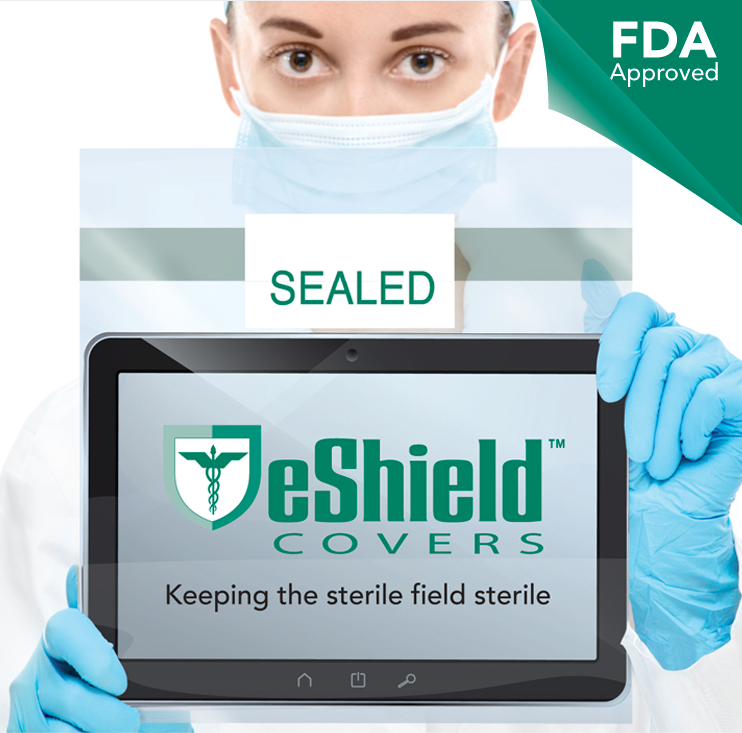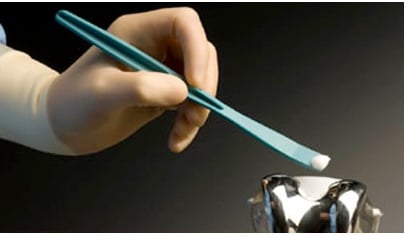The TubeCaddy is not a medical device, but is most closely similar to items classified as noncritical reusable medical equipment. According to the CDC, “virtually no risk has been documented for transmission of infectious agents to patients through noncritical items when they are used as noncritical items and do not contact non-intact skin and/or mucous membranes”. Other examples of noncritical reusable medical equipment / noncritical patient-care items are bedpans, blood pressure cuffs, crutches and computers.


.jpg)




